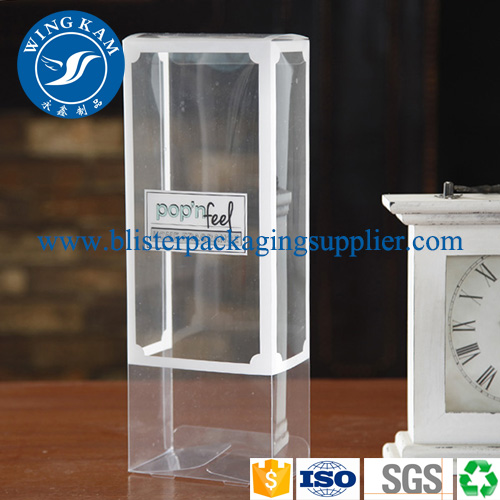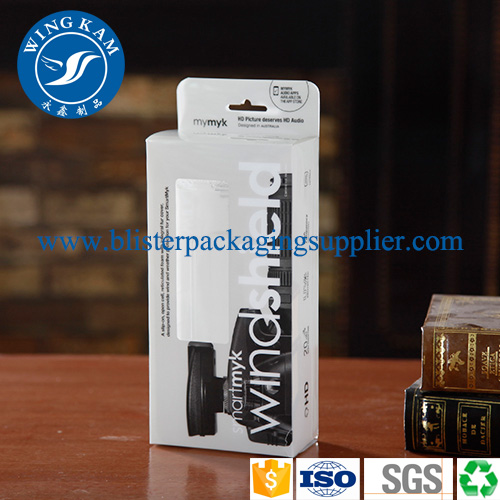Dots are the most basic unit of printing, and they are responsible for the task of organizing image levels, outlines, and colors. The characteristics of the dots directly affect the characteristics of the copied images. The printing and screening method has gone through the process of screen screening, electronic screening, and digital screening. Digital screening technology is an inevitable requirement for prepress digitalization. It can be divided into amplitude modulation screening technology, frequency modulation screening technology, and mixed screening technology including AM screening and FM screening.
First, AM screening technology
AM (Amplitude Modulated Screening) technology is the most typical and most commonly used screening technology. It is essentially the same as the principle of screen screening. The outlets grow outward in the manner of central cells. The centers of the outlets have a fixed spatial position. The mutual center positions of each outlet remain unchanged. The gray value of the pixels controls the growth of the outlets. The amplitude modulation screening network points can be characterized by the four parameters of the traditional network points, namely, dot area rate, dot shape, screen angle, and screen number.
The structural characteristics of the amplitude modulation network point are: the dot area rate is determined by the gray value of the image pixels, the number of unit length determines the number of screen lines, the small dots spread regularly from the center to the periphery, and are distributed in a concentrated manner to form network dots. The diffusion rule determines The dot shape and screen angle. The spacing between the horizontal and vertical Internet sites is equal.
AM screening technology is mature, especially in the mid-tone position performance, the equipment environment, printing conditions are not required, widely used in prepress processing. However, there are still some unavoidable defects in the AM screening technology:
1. The distance between the AM screening screens is fixed, and the subtle levels of the images cannot be represented in the bright and dark tone positions. High-fidelity printing cannot be performed.
2. Four-color screens have different angles. When copying colors, moire and unavoidable small rose spots are prone to occur.
3. In the process of increasing the pixel's gray value, as the area of ​​the amplitude-modulated screen dot increases, the final dots will contact each other, resulting in a tone level jump.
4. In order to avoid the moiré pattern, the amplitude modulation screening can only take four degrees of screening angles of 15°, 45°, 75°, and 90°, and does not support multi-color printing with more than four colors.
Second, FM screening technology
Frequency Modulated Screening (FM) technology is one of the main development directions of today's network point technology. The size of FM radio network sites is basically the same, and the network points are distributed irregularly. There are different spatial positions depending on the screening algorithm. The dot pitches are not the same, and dot distribution density (frequency, number of dots) is indicative of the tone level. There is no concept of screen lines and screen angles, and dot diameters are often used to distinguish between dots.
Compared to AM screening, FM screening can reproduce more image details, resolve jaggedness and breakage of thin lines, impinge on textured images and grids, and create moiré and rose patches without the need for Taking into account the point of view, can achieve the effect of high-line printing, can be used for high-fidelity printing and other advantages. But there are also deficiencies:
1. Because of the equal size of the dots, they have a grainy sense, and it is difficult to control the position of each group of dots in the midtone position, especially when flat screens appear.
2. In the whole production process, the latitude is smaller than that of the amplitude modulation screening technology, so more detailed process control and monitoring techniques are needed;
3. The dot size is too small, and it is very difficult for the dots to be imaged on the printing plate, which requires high equipment and environment, so that many printing machines cannot complete dot reproduction correctly, and the dot expansion is serious and it is not easy to control.
Third, mixed screening technology
Hybrid Screening technology is a screening technology that draws on the characteristics of both network amplitude modulation and frequency modulation. It not only embodies the advantages of FM network points, but also has the stability and operability of AM network points. A major feature of hybrid screening is the ability to achieve ultra-300 line/inch screen accuracy without affecting the output speed while still maintaining the output resolution of the original equipment, and without the harsh conditions required for the traditional high-line-number screening process. . The printability is the same as the traditional AM outlets, that is, 1% to 99% dot reproduction can be achieved under the existing printing conditions. The ultimate goal of the development of this technology is to be able to cooperate with the high-efficiency CTP technology, so that the prepress or printing department can achieve the most perfect dot printing effect with less effort.
Hybrid network technology in the network of hybrid solutions are the following: 1. Divide the image into different parts, and use a frequency-modulated network in a very fine and richly-graded range to express subtle differences, while the flat-screen part is represented by an amplitude-modulated network;
2. Increase the amplitude modulation network in the middle tone section, increase the frequency modulation network in the dark tone tone and the bright tone tone section;
3. Arrange the network of the AM network with the distribution method of the FM network points.
The new hybrid screening technology is basically based on the above three options. Spekta Screening Technology is a new hybrid screening method developed by Screen Technology of Japan in 2001. It can avoid problems such as moiré and broken lines. According to the changes in the color and level of the screen, the “Vital network†can be selected in a timely manner. The percentage of the network points is 1% to 10% of the highlight area and 90% to 99% of the shadow area, like the FM network. In the same way, the finer dots with the same size are used, and the level change of the image is expressed by the degree of density of these dots, but the size of the smallest dot is larger than that usually used, thus making up for the insufficiency of the difficulty in printing the FM dots. In the midtone part of 10% to 90%, the size of the dot will be changed like an amplitude modulation dot, but the position of all dots is random, which means that the angle of the screening does not exist. This technology allows the Rapida to achieve the quality of a superfine screen equivalent to 300 lines per inch or more at conventional 2400 dpi, 175 line/inch production conditions, while avoiding rose and moiré The impact of product quality.
Agfa's Sublima Screening Technology uses the AM screening technology to represent the midtones (8% to 92%), while using bright tone (0 to 8%) and dark tone (92% to 100%) to use FM. The screening technology expresses the hierarchy with the density of the distribution points of the same size, and the switching points of AM and FM vary with the number of screening lines. And Sublima screening technology uses Agfa's patented XM overclocking algorithm. When the AM outlets transition to the FM outlets, the random outlets of the FM continue the angle of the AM outlets, completely eliminating transition traces, allowing the two frequency networks to subtly Fusion. Sublima screening technology makes full use of the advantages of AM and FM screening. Under the premise of not changing the existing printing conditions and increasing costs, high-line printing is realized. Printed images do not show any nets, and the physical collision is virtually eliminated. With four-color printing, prints with a spot color effect can be printed.
Creo's Staccato FM screening technology reproduces the original tone levels based on changes in the dot size and the frequency distribution of the dot space. The Stellar FM screening technology provides a variety of dot sizes. The dot size used depends on the requirements of the print product. The best 10μm is the finest dot, suitable for fine print printing. Most commercial printing can use 20μm dots, while newspaper printing is suitable for 36μm dots. Vision Plus Screening Technology uses high-frequency random dot insertion technology to display subtle details and improve the color fidelity of the image. After the optimization of its screening structure, not only can the rose spots and moire be completely avoided, but also the structure of the mesh structure can be made more stable, and the accumulation of particles, dot gains and intermediate tone printing ink can be reduced.
Wing Kam Packaging Co.,Ltd. was established in 2001, we are manufacturer and support custom design. We specialize in this Foldable Box Packaging. Our value message is "QUALITY IS OUR LIVE, WITHOUT QUALITY, WITHOUT US." If you order this Foldable Box Packaging from us, YOUR BUSINESS WILL BE SAFE, YOUR MONEY WILL BE SAFE, YOUR PRODUCT OUT LOOK WILL BE GORGEOUS.We also provide flower plastic container.
|
Item |
Foldable Box Packaging |
|
Dimension |
Customized |
|
Material |
PVC, PET |
|
Thickness |
0.2mm to 1mm |
|
Cardboard Insert |
Yes, Customized |
|
MOQ |
3000pcs |
|
Sample order |
Welcome & acceptable |
Product Pictures Show:



Welcome to order Foldable Box Packaging.
Any questions please contact us freely.
Foldable Box Packaging
Triangle Foldable Boxes Packaging,Plastic Foldable Box Packaging,Magnetic Foldable Paper Packaging Box,Cardboard Foldable Box Packaging
Shenzhen City Wing Kam Packaging Products Co., Ltd. , http://www.blisterpackagingsupplier.com